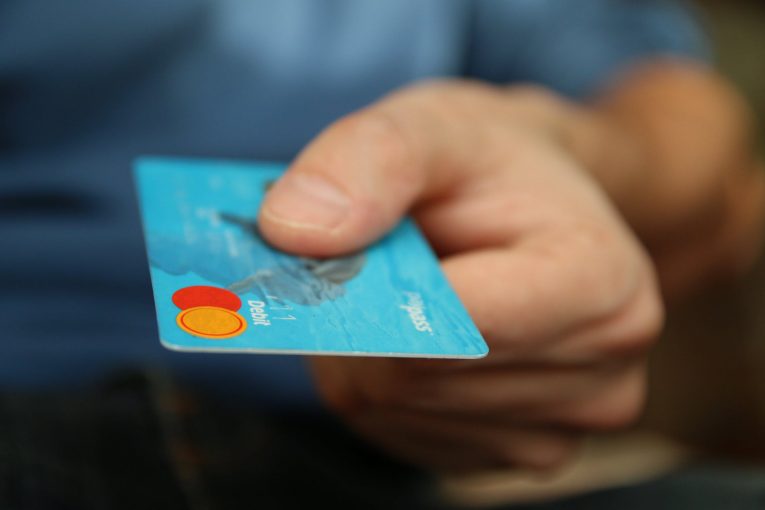How Can I Protect Myself from Identity Theft While Shopping Online?

Table of Contents
What exactly is identity theft?
Identity theft is a particular time of fraudulent activity which aims to steal your login credentials, bank details, credit or debit card numbers, social security number, and other sensitive data. With this information, cybercriminals can perform all kinds of illegal actions (like financial transfers or identity fraud) without your knowledge or consent.
According to the Federal Trade Commission (FTC), over 9 million United States citizens are victim to identity theft every year. A frightening number to be sure, but what's even more frightening is that more than 534 million personal records have been stolen since 2005 via hacking attacks on private businesses, government institutions, and various organizations. That's almost twice the size of the American population, meaning that if these data breaches were spread evenly every American citizen would be the victim of ID theft!
Although you may think that ID theft is a minor inconvenience you should think again. Many Americans, including even children, have open credit lines in their name, which ruin their credit score without their knowledge.
How does identity theft happen?
There's more than one way to skin a cat and there's more than one way to have your identity stolen. Even a simple discarded bank statement can give a cybercriminal enough information to work from. No one is above suspicion, not even family members or close friends, so always keep compromising data safely hidden.
Online ID theft works differently. It can be the result of a lengthy phishing campaign or malware downloaded directly into your computer or phone. It can also be something outside of your control too, like a rigged ATM that steals card information for example.
How do I protect my identity while browsing online?
- Protect your computer and mobile devices with the best possible anti-malware and anti-virus software. Use of a password manager is recommended as well.
- Learn to spot and avoid spam mail. Spams are often part of a larger phishing campaign. Do not click on anything that is obviously spam mail. Delete it immediately.
- Make sure you have a strong and secure password. This is a no-brainer, of course. The stronger your password, the harder it will be for hackers to steal your data. A good password consists of a long and complex series of characters (including upper and lower case characters, numbers, and symbols). Password managers and two-factor authentication (2FA) are both strongly for password management for this
- Keep an eye on your credit rating. One of the easiest ways to find out you've been the victim is to find strange activities in your credit history. It's not hard to check it either, by law you have the right to get three free credit reports per year; from Experian, Transunion, and Equifax. Check of new credit cards, loans or other transactions on your account. If there's any suspicious activity report it immediately and freeze your credit to block the criminals from making any more damage.
- Never shop from unknown or unreputable websites. Only shop from trustworthy sites. If you must use unknown ones then check for user reviews and their ratings at the Better Business Bureau. Make sure the connection is encrypted.








